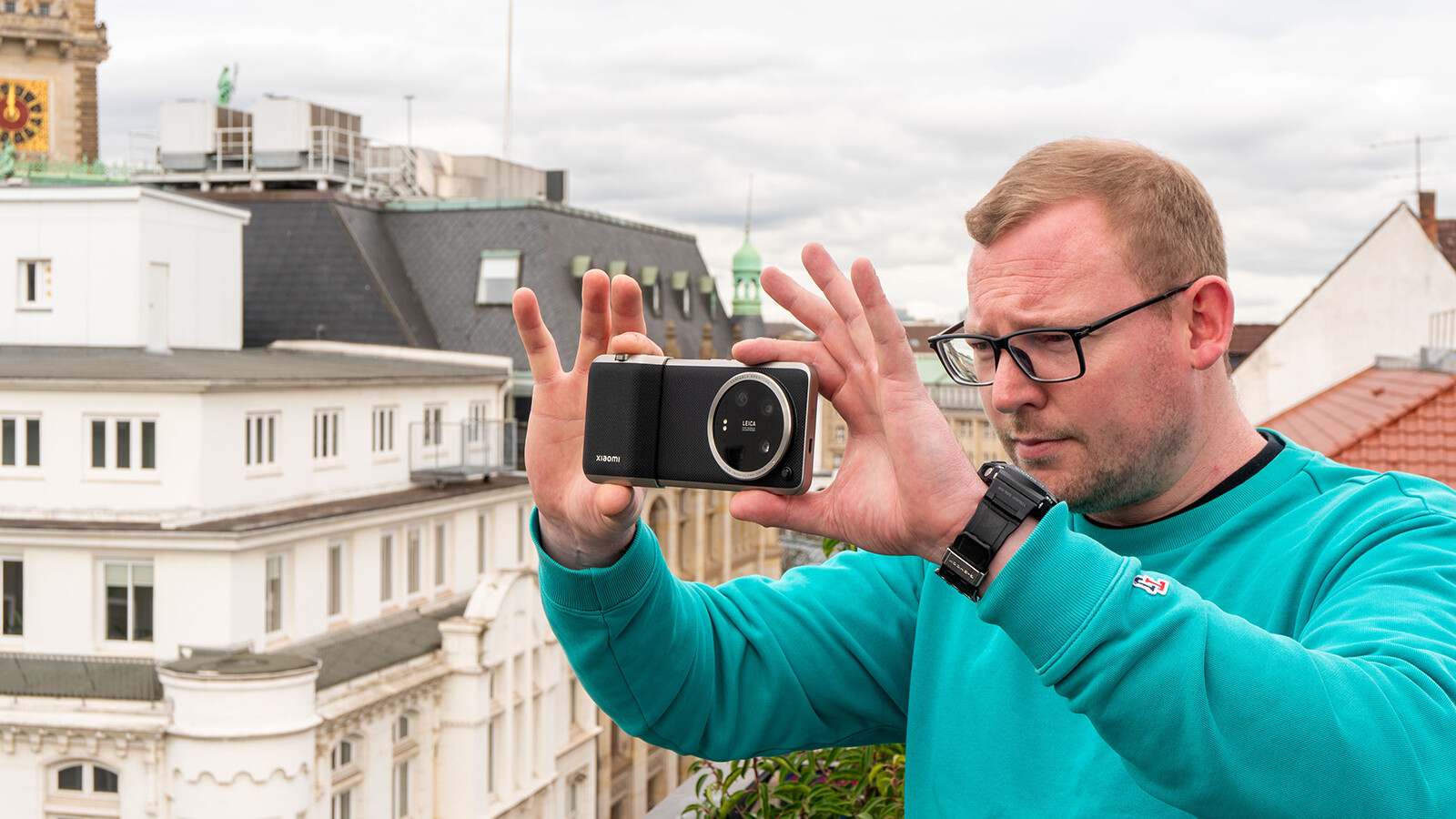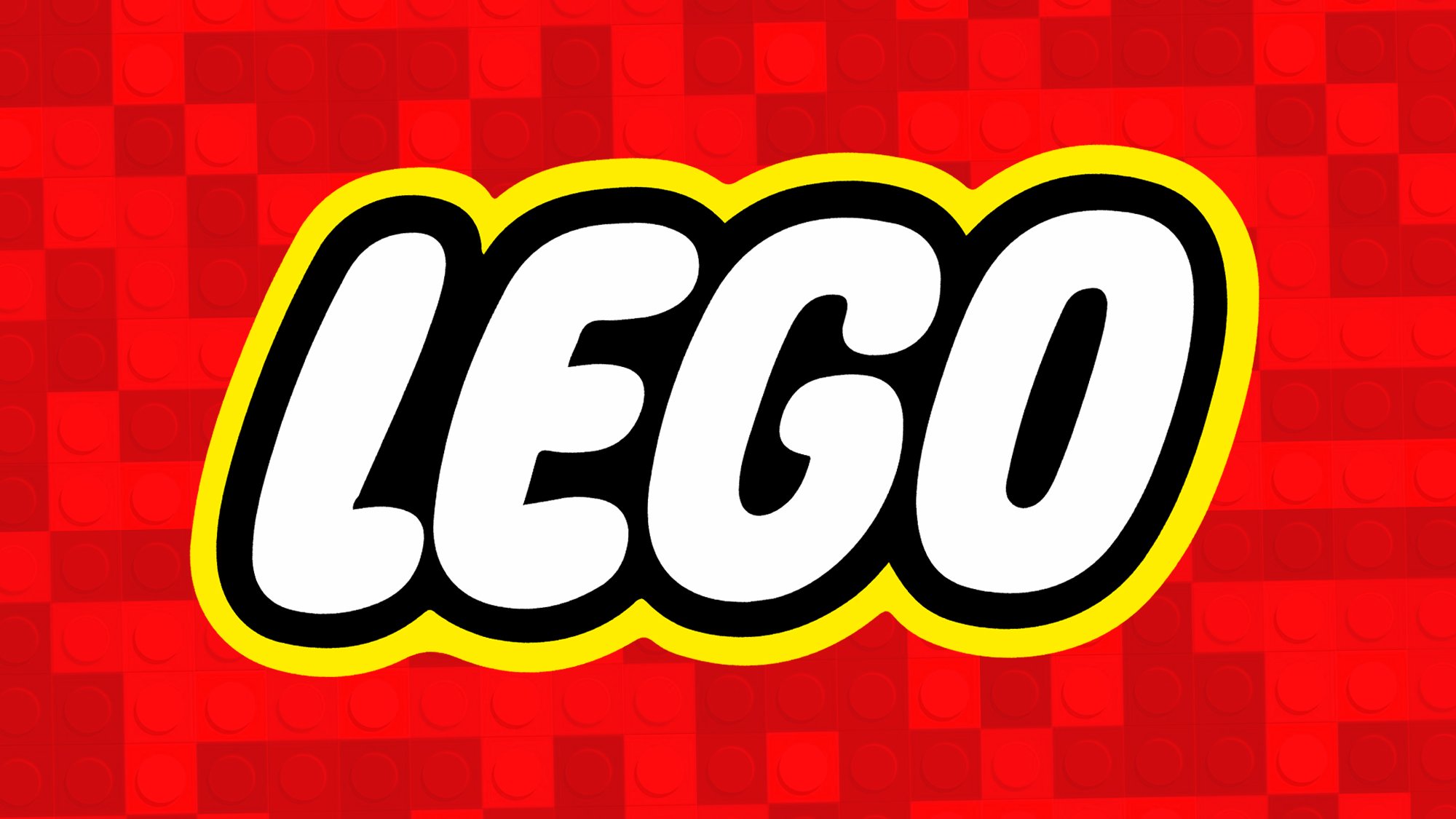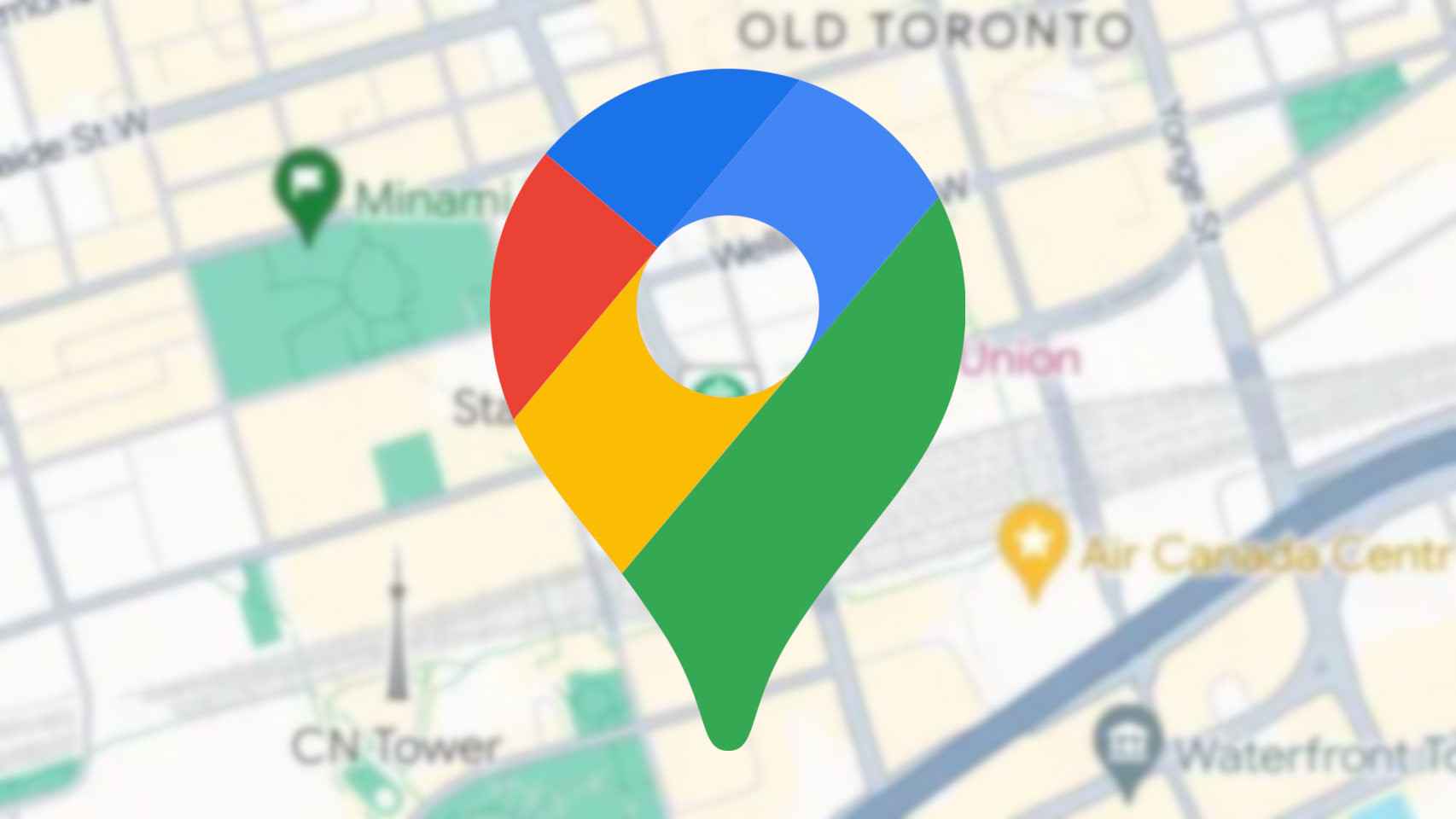
Did Will Smith fool you with spaghetti too? (Image: Adobe Stock – gkrphoto)
Update from February 28th: We have expanded the story to include an answer from an X user.
Have you been seeing the same two videos of Will Smith wildly eating spaghetti on your social media platforms lately? You are not alone in this.
One of them is clearly AI-generated, from last year, and looks almost terrifying. The other video also shows him eating spaghetti, but it looks much more realistic.
This is often intended to show how far AI-generated videos have come in just one year. But Will Smith is fooling you.
Here you can see what is meant:
Link to Twitter content
Keep my Spaghetti outta your Mouth
What happened? A few days ago, OpenAI, the company behind ChatGPT, introduced a new AI tool for video generation: Sora.
This is an AI that can create or expand a photorealistic scene based on a sentence, image or other videos. This has happened before, but no video AI has been as powerful as Sora.
This caused social media platforms to be flooded with Sora videos.
Will Smith is deceiving you: One of these many videos includes Will Smith’s spaghetti videos linked above, which have been widely used as a prime example of Sora’s video quality.
But there’s a catch: the “realistic AI video” wasn’t generated by an AI at all. Will Smith himself posted it on Instagram to poke a little fun at the current trend.
Link to Twitter content
Why is Will Smith making fun of AI trends? The reason is simpler and less ill-tempered than you might think.
It’s mainly due to Will Smith’s slightly creepy video, which, unlike the new video, was actually generated by AI. It caused quite a stir last year and was re-posted en masse as part of Sora’s announcement.
Then Will Smith apparently decided to play a little practical joke – with complete success.
Many thought the video was AI generated. Also you? Please let us know in the comments.

AThis image comes from a video generated with Sora. So the dog in the picture doesn’t really exist. (Image: OpenAI)
But that’s not all: Justin Moore returned the fun with the spaghetti video on X. She then made a new video of Will Smith and Spaghetti – this time clearly created by AI, but it still looks a lot better than last year’s video.
Link to Twitter content
Why is Sora so good? This is mainly because Sora can remember properties of objects that disappear from the picture. Until now, objects have changed significantly if they were not visible for a short time.
Another problem that Sora seems to have almost solved is the ever-changing state of AI video before. In the same scene, backgrounds and characters were created over and over again, which sometimes looked more, sometimes less different.
But now Sora even comes close to Will Smith’s real video – at least very close.
Here you can see a video that was generated by Sora and shows an extremely photorealistic person:
Link to Twitter content
What dangers does Sora pose?
What Will Smith allowed himself to do was a more or less innocent joke that was unwittingly passed on to others. But where powerful new technologies emerge, there will always be people who will use them to their advantage and to other people’s disadvantage.
An AI that can make realistic videos so easily will almost certainly motivate fraudsters or other ne’er-do-wells to commit new misdeeds.
Deepfakes sind already a problem and the more realistic the videos, the more dangerous they can potentially be. For example, some people might create criminalizing videos of someone they want to harm for some reason and then distribute them online. And that is just one use case of many.
But there are also solutions to the problem: Companies like Adobe, Microsoft, BBC, Google and many more have already joined forces in 2021 to take part in the so-called C2PA-Standard to work.
This is a type of digital watermark that is intended to make it clear that the images and videos displayed are AI-generated content.
Unlike a traditional watermark, this information should not be visible in the content itself, but rather stored in the metadata. Each platform could set up an ad that automatically indicates that post X is AI content.
Unfortunately, this technology can be circumvented using the simplest methods. For example, you can simply take a screenshot of AI content. This means that nothing about AI generation would be found in the metadata.








